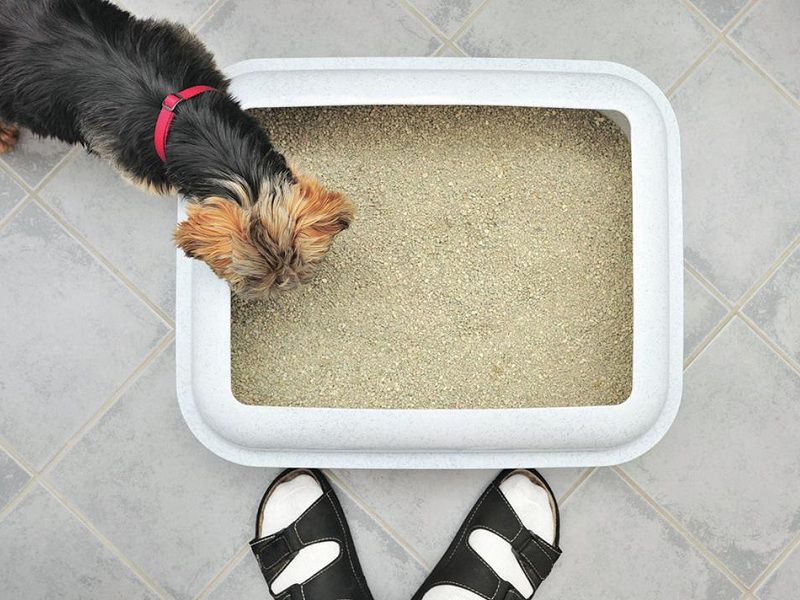Do you ever recall when a new member was due to arrive in your family, and you were all excited and waiting? Or when your sibling or child was about to be born, and could hardly wait to welcome them? The time-span of it is usually nine months naturally, which plays a role in preparing us mentally. But bringing a new member to your family via adoption has its specific implications. One such decision is to bring a pet to your home.

The fact is that once you decide to bring a dog or cat, or another animal per se, you make a huge decision. Such decisions have a substantial impact and bring lasting effects on the entire family. It may affect their routine, their habits, and even their behaviors. As human beings, we tend to adjust to a substantial change gradually. That’s because we are accustomed to living in a collective habitat. However, how we handle the said decision can make all the difference.
A little preparation in advance can turn it into an enjoyable, exhilarating, and worthwhile experience. If we make an informed decision, it will enable us to make it convenient and memorable. So, let’s look at a few tips on how you can effectively handle it.
1. Learning To Handle The Litter
The moment you bring the pet in, we may start to notice several differences. It isn’t similar to bringing a lifeless object in your home, such as a decoration piece. Instead, it is a living being with its own set of habits, behaviors, likes, and dislikes. And, like human beings, pets generate trash too. So, once they become your family’s part, they begin to litter the place. If you manage it effectively, it would not be a nuisance. Just make sure you get a couple of litter boxes, train them accordingly, and develop a cleanliness schedule.
Moreover, you will need to train the pets to litter only in the designated areas. Once familiar to the members of the household, a pet will never fall below your expectations. However, it is better to lend them some time before you put some of these restrictions in place.

2. Making Family Members Familiar
As discussed, your family members and the new member will need adequate time to get to know each other. They will need to learn about each other’s habits and preferences. But, there’s another aspect that we sometimes overlook, and it could create some issues. It is whether or not our existing pets or even neighbors will get along with the new pet. If we think about it, there’s deep psychology involved in this. To make matters more comfortable, if you have multiple pets, introduce the new member separately. Or else, the experience would be too overwhelming for the newbie.
As for the neighbors, there can be ways to make the pet familiar to them or their surroundings. The simple way is to take the pet for a walk in the neighborhood. It is especially important because they will be able to get back if they are ever lost.
3. Paying Attention To Diet
Some of the other things that pets take time to be habitual are their diet. Before you adopted them, they probably had a different diet intake. Sometimes, commonly available pet food is not the best choice. In this regard, the information from the pet handler holds paramount importance. Before you bring them in, remember to be clear on what their eating habits were and should be. The diet has a connection in terms of the pet’s overall health. So, switching up their food habits or changing the diet could be quite disturbing for them at times. Moreover, diet change accumulated with a new home environment, distress can be a huge mess. So, it is ideal to gradually change their eating habits instead of completely switching it the instant you bring them home.
If they act strangely or refuse to eat for a noticeable time, it’s time to take action. It’s ideal for keeping the information of good vets in the vicinity on your fingertips. It will allow you to act fast whenever things go chaotic or uncontrollable.

4. Adhering To Hygiene
We cannot achieve the objective of the pet’s excellent health if you don’t pay enough attention to their hygiene. It is imperative to maintain a regular cleanliness schedule and habits. In many instances, you’ll require training your pet to stay clean and not jump into muddles or other muddy areas. Maintaining hygienic standards might seem like a difficult task at first, but these have long-term benefits. Taking hygienic measures will diminish the chances of any allergens within the family. It will also help your pets stay healthy and not be victims of fleas, rashes, and other infections.
* Final Word
Bringing a new pet to your family is a joyful ride for the whole family. It becomes a matter of choice whether it takes place the easy way or the hard way. Taking calm and gradual steps is the key to handling the new arrival in the right way. Whatever you do, never leave a new member of the family unattended, alone with existing pets, especially dogs. Remember to observe the pet’s body language and seek pet therapy promptly as you enjoy their companionship.
